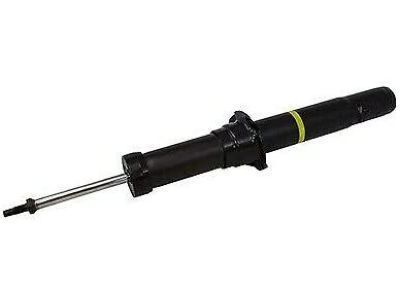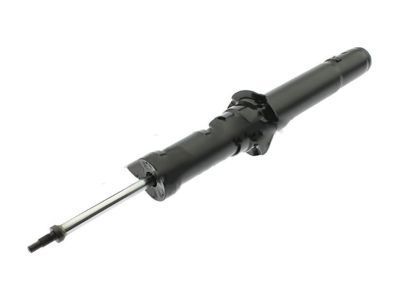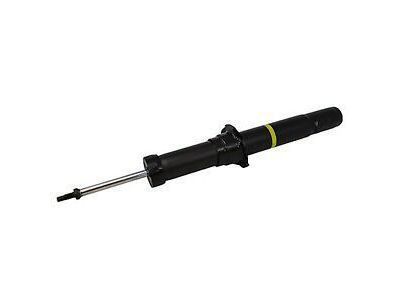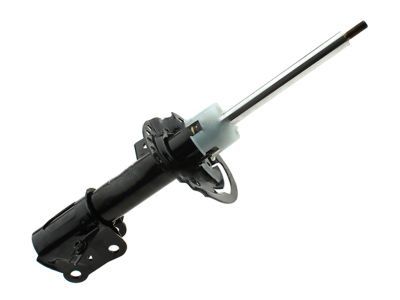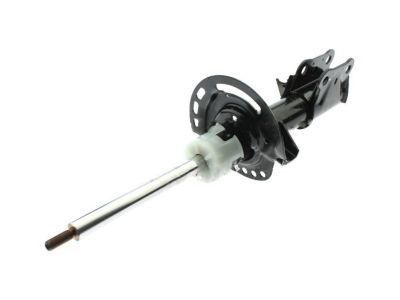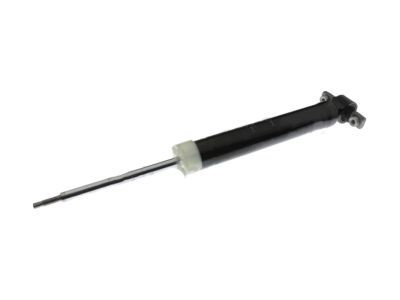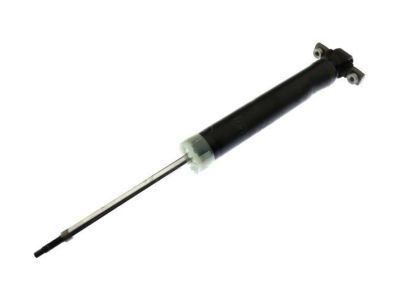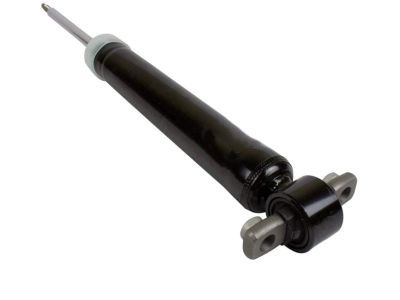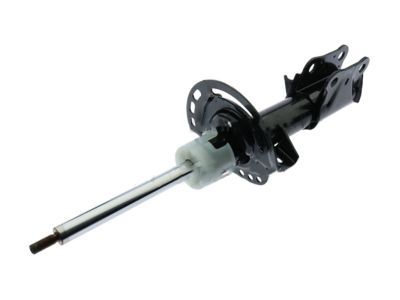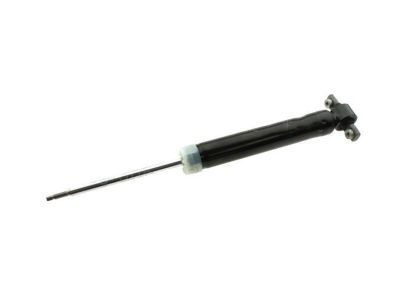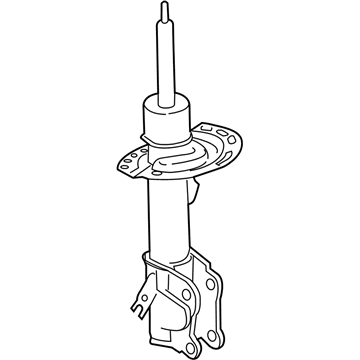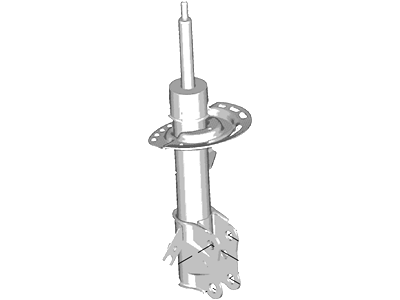×
- Live Chat
- 1-888-788-9341


My Garage
My Account
Cart
Genuine Ford Fusion Shock Absorber
Suspension Shock Absorber- Select Vehicle by Model
- Select Vehicle by VIN
Select Vehicle by Model
orMake
Model
Year
Select Vehicle by VIN
For the most accurate results, select vehicle by your VIN (Vehicle Identification Number).
120 Shock Absorbers found
Ford Fusion Shock Absorber Assembly
Part Number: AH6Z-18124-C$94.86 MSRP: $160.00You Save: $65.14 (41%)Ships in 1-2 Business DaysFord Fusion Shock Absorber Assembly
Part Number: AE5Z-18124-J$94.86 MSRP: $160.00You Save: $65.14 (41%)Ships in 1-2 Business DaysFord Fusion Shock Absorber Assembly
Part Number: AE5Z-18124-G$94.86 MSRP: $160.00You Save: $65.14 (41%)Ships in 1-2 Business DaysFord Fusion Shock Absorber Assembly
Part Number: AH6Z-18124-A$94.86 MSRP: $160.00You Save: $65.14 (41%)Ships in 1-2 Business DaysFord Fusion Shock Absorber Assembly - Front
Part Number: HG9Z-18124-G$122.10 MSRP: $201.82You Save: $79.72 (40%)Ships in 1-2 Business DaysFord Fusion Shock Absorber Assembly
Part Number: HG9Z-18124-A$116.60 MSRP: $192.73You Save: $76.13 (40%)Ships in 1-2 Business DaysFord Fusion Shock Absorber Assembly
Part Number: DG9Z-18125-U$59.07 MSRP: $97.64You Save: $38.57 (40%)Ships in 1-2 Business DaysFord Fusion Shock Absorber Assembly
Part Number: DG9Z-18125-K$59.07 MSRP: $97.64You Save: $38.57 (40%)Ships in 1-2 Business DaysFord Fusion Shock Absorber Assembly
Part Number: DG9Z-18125-T$59.07 MSRP: $97.64You Save: $38.57 (40%)Ships in 1-2 Business DaysFord Fusion Shock Absorber Assembly
Part Number: DG9Z-18124-Z$114.40 MSRP: $189.09You Save: $74.69 (40%)Ships in 1-2 Business DaysFord Fusion Shock Absorber Assembly
Part Number: DG9Z-18125-S$59.07 MSRP: $97.64You Save: $38.57 (40%)Ships in 1-2 Business DaysFord Fusion Shock Absorber Assembly
Part Number: HG9Z-18125-AG$76.86 MSRP: $129.64You Save: $52.78 (41%)Ships in 1-2 Business DaysFord Fusion Shock Absorber Assembly
Part Number: HG9Z-18124-L$117.50 MSRP: $198.18You Save: $80.68 (41%)Ships in 1-2 Business DaysFord Fusion Shock Absorber Assembly
Part Number: HG9Z-18124-AS$85.70 MSRP: $144.55You Save: $58.85 (41%)Ships in 1-2 Business DaysFord Fusion Shock Absorber Assembly
Part Number: AE5Z-18124-E$94.86 MSRP: $160.00You Save: $65.14 (41%)Ships in 1-2 Business DaysFord Fusion Shock Absorber Assembly
Part Number: AE5Z-18124-A$94.86 MSRP: $160.00You Save: $65.14 (41%)Ships in 1-2 Business DaysFord Fusion Shock Absorber Assembly
Part Number: HG9Z-18125-F$76.86 MSRP: $129.64You Save: $52.78 (41%)Ships in 1-2 Business DaysFord Fusion Shock Absorber Assembly
Part Number: AE5Z-18124-C$94.86 MSRP: $160.00You Save: $65.14 (41%)Ships in 1-2 Business DaysFord Fusion Shock Absorber Assembly
Part Number: HG9Z-18124-M$85.70 MSRP: $144.55You Save: $58.85 (41%)Ford Fusion Shock Absorber Assembly - Front
Part Number: HG9Z-18124-F$116.60 MSRP: $192.73You Save: $76.13 (40%)Ships in 1-2 Business Days
| Page 1 of 6 |Next >
1-20 of 120 Results
Ford Fusion Shock Absorber
The Shock Absorber on Ford Fusion automobiles is very essential in the suspension system to be used together with the struts for enhanced stability and control. The Shock Absorber changes the kinetic energy to heat hence minimizing the bouncing and absorbing shock impulses to enhance the quality and stability of your ride. In the course of several years of production, shock absorbers used in Ford Fusion vehicles are of twin-tube and mono-tube types where controls hydraulic fluid flow in different ways to provide better performance when driving. Special variants of it are PSD (Position Sensitive Damping) and ASD (Acceleration Sensitive Damping) that makes further sophistication of Shock Absorber's responses possible, technology like electrorheological and magnetorheological dampers for semi-active and adaptive suspension systems for boosting its comfort as well as control capabilities.
We provide a wide range of Ford Fusion Shock Absorber at the best prices possible. If you need Ford Fusion Shock Absorber, you can shop with confidence on our website. All our OEM parts come with a manufacturer's warranty and are delivered to your door step with a fast delivery service.
Ford Fusion Shock Absorber Parts Questions & Experts Answers
- Q: How do I check the shock absorber and CV Boot on Ford Fusion?A: To check the shock absorbers, park the vehicle on level ground, turn off the engine, and set the parking brake after ensuring proper tire pressures. Press one corner of the vehicle down and release it; see that its movement is stopped by coming back to level position within one or two bounces. If there is any continuing up-and-down motion or if it fails to return to the original position it may mean that the shock absorbers have become worn out or weak. Repeat this test in each of the remaining corners of your vehicle. Afterward, lift and support your car securely using jack stands then examine for signs of fluid leakage at their shock absorbers remembering that some light film is generally nothing serious but verify that any observed fluid leakages are from shocks and not elsewhere. Should leaking be noticed, replace all four shock absorbers as a set. Additionally, verify their secure mounting as well as check for any damage including upper mounts fitted on them. In case damage or wear is evident then four new shocks should be purchased together with replacing them as a set. To begin with during a steering and suspension inspection: inspect tires for abnormal wear patterns and correct inflation levels; look at universal joint between steering shaft and steering gear housing making sure no lubricant leaks out while also assuring yourself dust boots do not have broken clamps among other issues; examine tie-rod ends for excessive play while checking suspension and steering parts for any loose bolts plus fractured/dislodged units, deteriorated rubber bushings present within them all; with an assistant turning steering wheel observe if free travel exists anywhere in steering components noting chafing or binding especially where slackness becomes noticeable when they don't respond suitably to movement of control lever by hand; investigate ball joints ones at a time beginning by prying up then down against each lower control arm trying to detect play whereas if there's none this ball joint isn't worn out hence doesn't require replacement as part of control arm renewal; inspect the ball joint boots for damage and grease leakage. At the rear of your vehicle, look for any deterioration in suspension arm bushings. Lastly, know that CV Boot serves to protect constant velocity (CV) joints against contamination from dirt, water and other foreign materials. Wash the CV Boot with soap and water to avoid early damage by oil/grease. Inspect its surface for tears, cracks or loose clamps focusing mainly on outer CV boot since it wears out more quickly while following steering movement of front hub. The presence of any cracks or signs of leaking lubricant means immediate replacement is required so as to maintain integrity of CV joints.
